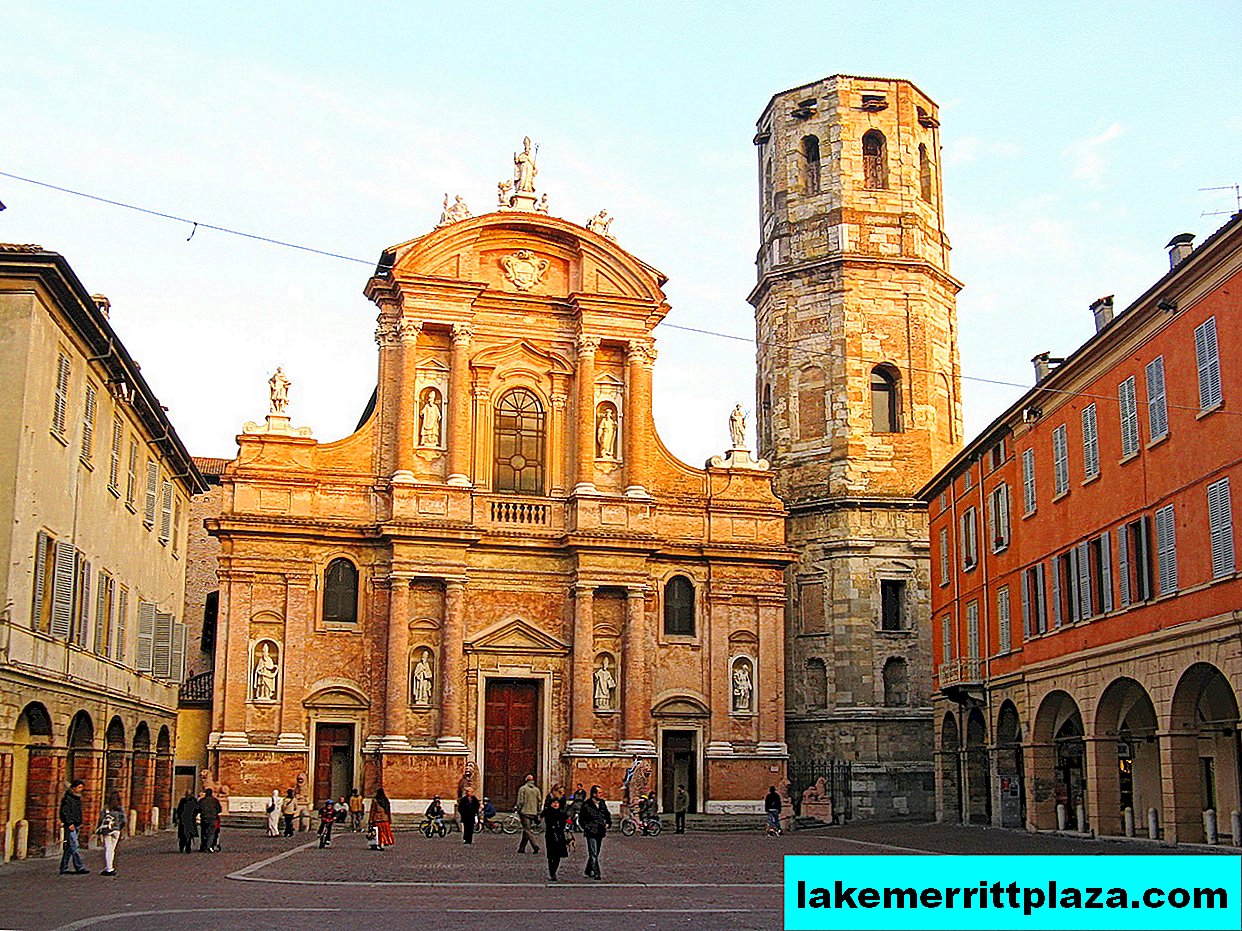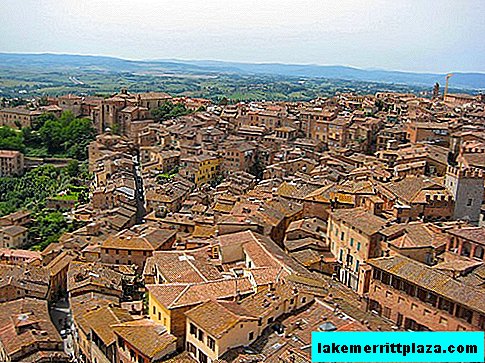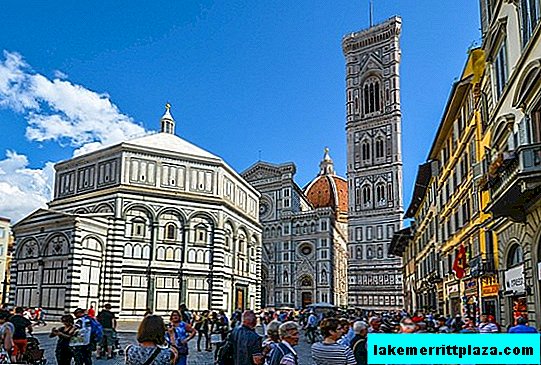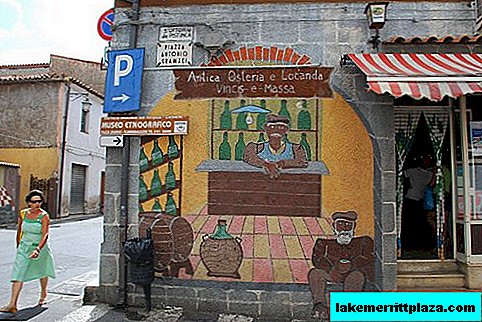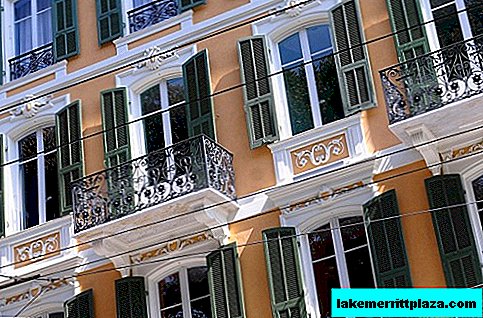The Pinacoteca di Brera is the largest and most famous art gallery in Milan. Opened in 1809, it still seems to attract all art lovers with a magnet.
The collection of paintings includes paintings by European artists of the XV-XVII centuries and masterpieces of masters of Italian painting of the XIV-XIX centuries: Raphael, Caravaggio, Modigliani, Bramante, Tintoretto and others.
Main collection

The Pinacoteca Brera occupies 38 rooms in the Baroque palazzo, built at the end of the XVI century. The Milan Academy of Arts (Accademia di Belle Arti Milano) is located in the same building - it is located on the ground floor. Just for the students of the academy, Queen Maria Theresa of Austria at the end of the 18th century ordered to set up an art gallery in Milan.
Paintings
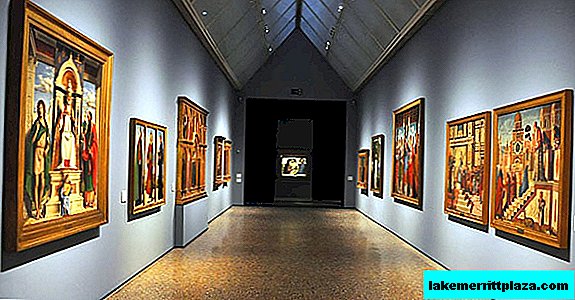
The paintings in the halls are placed according to two principles:
- according to chronology;
- by belonging to one of the schools of painting (Lombard, Venetian or Tuscan).
An exception to both principles is Hall X: it contains the work of twentieth-century masters. The last, XXXVIII hall of the exposition is completely devoted to portraits of the work of various artists.
The real pearl of the Brera gallery in Milan is Rafael’s painting “The Betrothal of the Virgin Mary” (Lo sposalizio della Vergine).
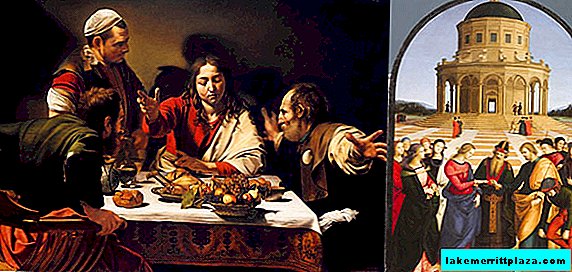
But besides her, there are many genuine masterpieces in the Pinakothek's collection: “Dinner at Emmaus” by Caravaggio, “The Miracle of St. Mark” Tintoretto, “Altar of Montefeltro” Pietro della Francesca, etc. Among European artists in the gallery are the works of El Greco, Rembrandt, Van Dyck, Goya and many others.
The main themes of the collection are Christianity, the life of the Madonna and Christ, the crucifixion, the acts of saints and apostles.
Each room has soft chairs for visitors, where you can relax and enjoy the true masterpieces.
True, photographing and filming is not allowed here. At the end of each room are equipped information desks with descriptions of paintings in two languages - English and Italian. You can take an audio guide (for a fee), but also only in Italian and English. At the entrance to the gallery you can buy colorful, beautifully printed brochures that briefly describe the paintings and provide additional information.
What else to see?
To visit Brera street in Milan is not only for visiting the picture gallery of the same name. In the same building and nearby there are several more interesting objects.
Leaving the last hall of the museum, you can immediately go to the room, where there is a fairly extensive and interesting exhibition of medieval art.
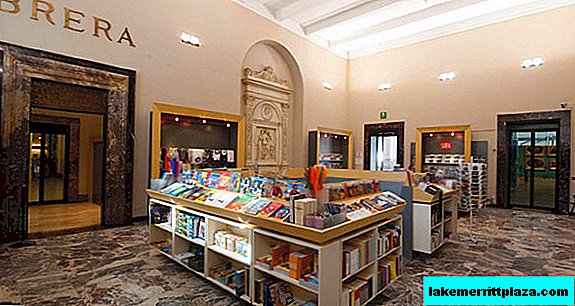
Here you can buy albums on art, literature dedicated to the Brera Pinacotheque itself, great artists and paintings as a separate art form.
At the exit of the gallery there is a small restoration workshop, separated from the main room by glass walls. Through the glass you can watch how the old paintings are restored - a truly exciting, unique sight.

Next to the building where the Brera Pinacotheca is located, there is a small design salon where you can buy various interesting things: handmade stoles, outerwear, dresses, suits and accessories in the now fashionable retro style.
If during a tour of the picture rooms you are tired and hungry, there are numerous cafes on the terrace of the Pinakothek building during the warmer months of the year. The prices in them, however, are not the most affordable. Those who want to relax and have a meal more than budget can go down to a small basement located in the courtyard: there is a student cafe. It does not offer any special culinary delights, but coffee, sweets and snacks are served very good.
Address, opening hours
The Pinacoteca Brera is located in Milan at via Brera 28 in the quarter of the same name. It’s difficult to notice the building from the street: a narrow passage leads to it between neighboring houses, and already behind them opens a beautiful courtyard of the palazzo with graceful sculptures and stairs made of marble.
The Pinacoteca Brera is open every day from 8:30 a.m. to 7:15 p.m., except for the weekend - Monday, January 1, May 1, December 25. When planning your visit time, keep in mind that ticket sales end at 18:40. Entrance ticket costs 10 euros, preferential - 7 euros, for an additional fee of 5 euros, you can purchase an audio guide in Italian, English, French, Spanish.
The official pinakothek website will help you to clarify up-to-date information on the gallery’s opening hours and ticket prices: www.brera.beniculturali.it.
How to get there
metro: line 2 (stop Lanza) - line 3 (stop Montenapoleone);
trams: 1, 4, 12, 14, 27;
Bus: 61.




